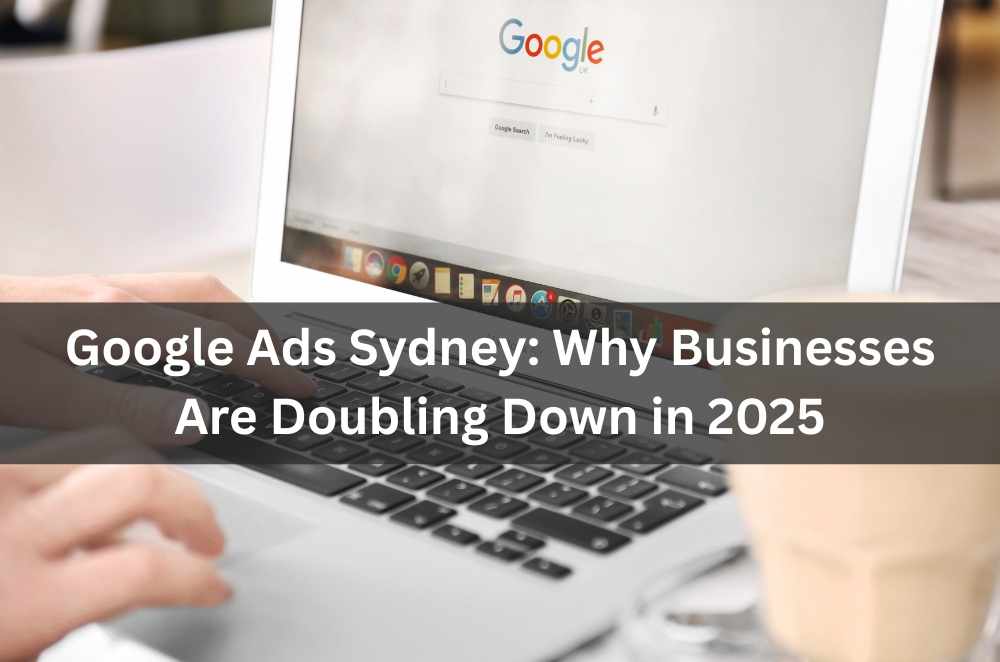
Sydney’s online economy moves fast, but growth usually comes from steady decisions, not flashy bets. Over the past year, I’ve watched campaigns shift with neighbourhood demand, seasonality, and changing buyer habits, then noted what actually sustained leads beyond the first burst. Early wins tend to come from clear offers and fast pages; compounding growth arrives when measurement and messaging line up across channels. If you’re mapping your next quarter, anchor planning around the outcomes you can measure, then layer channels that fit your budget and capacity. For a sense of what strong execution looks like in practice, I keep a working benchmark against a leading digital marketing company in Sydney—not as a pitch, but as a reference for service depth, response times, and how reporting lands with stakeholders.
Sydney’s digital demand at a glance
Start with how people actually search and browse in the metro area. In my notes, intent clusters around services, proximity, and proof—then shifts subtly with time of week and weather.
Local intent signals: Queries pair suburbs with services: high-intent users want fast, nearby solutions.
Proof expectations: Social proof and case outcomes guide clicks: numbers beat adjectives on busy screens.
Device realities: Mobile skews discovery: desktop still owns comparison and form fills.
Seasonal pulses: End-of-quarter and pre-holiday windows surge: creative and budgets should flex to match.
In practice, small improvements compound. When we tightened mobile page weight and simplified forms, cost per lead settled lower and stayed there through a noisy quarter. The trick is resisting big swings and letting reliable changes stack.
Channel mix that actually moves the needle
Sydney’s media costs reward clarity. Choose a tight mix you can maintain, then expand once the basics work. I’ve had the best returns when search intent and on-page substance speak the same language.
Search fundamentals: Clean account structure wins: fewer, stronger ad groups beat tangled trees.
Organic footing: Useful pages mapped to intent: guides, service pages, and FAQs earn steady traffic.
Paid social roles: Audience building and retargeting lanes: don’t ask cold users to convert on first touch.
Creative cadence: Refresh on a light schedule: small iterations outrun sporadic overhauls.
When you weigh campaign formats, it helps to understand the spectrum set out under types of advertising and campaigns. The definitions are broad, but they nudge planning toward purpose-driven activity rather than channel-first habits.
Website fundamentals for local growth
Traffic only helps if your site carries the weight. In one tight sprint, I rebuilt a service page template, then watched the average time to first click drop and the form start rise the same week.
Speed and stability: Light pages load fast: fewer blockers equal calmer users and cleaner data.
Message clarity: Headlines say what you do and where: visitors shouldn’t interpret jargon.
Conversion paths: Short forms plus alternate contact: calls, chat, and email suit different moments.
Trust elements: Evidence beats slogans: project summaries and simple metrics settle nerves.
If you’re planning a rebuild, a checklist for launching a new business website in Sydney helps keep scope focused: content, measurement, and go-live hygiene lined up before ad spend arrives.
Budgeting and pacing across a quarter
Budgets feel tight because attention is noisy. A realistic spend plan accounts for testing, not just “business as usual,” and it respects how long data needs to mature.
Test allocation: Ring-fence a small test slice: controlled trials prevent random flailing.
Pacing logic: Front-load discovery, then stabilise: pull back on experiments when signals are clear.
Bid discipline: Incremental shifts keep control; spikes invite volatility without learning faster.
Stakeholder rhythm: Set weekly checkpoints: small changes beat end-of-month thrash.
One quarter, I logged the exact time between creative swaps and performance lifts. The pattern was boring—in a good way. Measured changes, two or three days apart, outperformed bursts of activity by a wide margin.
Measurement that guides real decisions
Better numbers reduce debate. Keep a small set of metrics that tie to revenue and a view of how channels help one another rather than compete for credit.
Lead quality signals: Track qualified outcomes: forms, calls, and booked time, not just clicks.
Attribution sanity: Use consistent windows: compare like with like to avoid ghost wins.
Landing clarity: Map queries to pages with intent: fewer dead ends make truer data.
Review cadence: Weekly reads, monthly synthesis: decide, document, and move.
For many teams, the biggest lift comes from clear naming and clean tagging. Once that’s in place, you can compare experiments honestly and stop arguing with shadows.
Talent, tools, and when to get help
People and process matter more than software. In smaller teams, the right help at the right time keeps momentum without locking you into tools you won’t use.
In-house triage: Keep what plays to strengths: content, quick edits, and near-term landing tweaks.
Specialist bursts: Bring in help for audits: fresh eyes shorten the path to obvious wins.
Tool restraint: Fewer platforms, better setup: depth beats a drawer full of half-used apps.
Governance mindset: Document changes and reasons: future you will thank present you.
If search is a core channel and you’re weighing the buy-versus-build decision, choosing a Google Ads agency can frame expectations around responsiveness, transparency, and what “good” looks like in weekly reporting.
Putting it together for steady local growth
Sydney rewards teams that plan modestly, deliver consistently, and adjust on evidence. Start with a clear view of demand in your suburbs and the few terms that actually bring work to the door. Build a site that reads quickly, answers questions plainly, and offers more than one way to get in touch. Choose one or two paid channels you can monitor without burning out, then keep the cadence calm: small tests, small updates, repeat. Write down each change and what you expect it to do, so your next decision isn’t guesswork. When you need a step-change—new template, fresh creative, a deeper audit—time it around your quieter weeks so momentum isn’t lost in the switch. I’ve run that pattern through busy and lean quarters, and it keeps the work grounded: fewer spikes, fewer dips, more weeks that look the same in a good way. That steadiness is often the difference between one bright month and a year that actually grows.






Write a comment ...